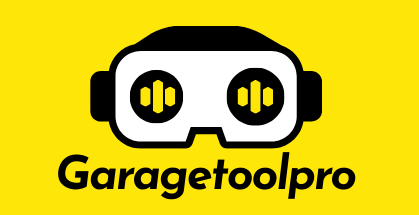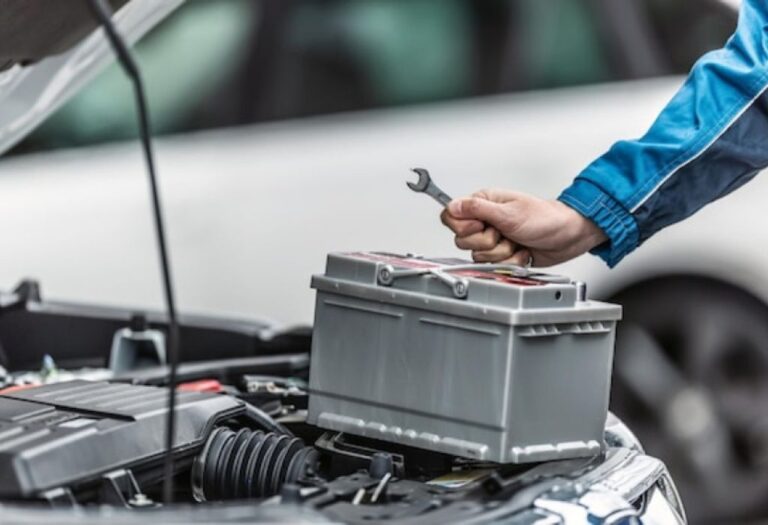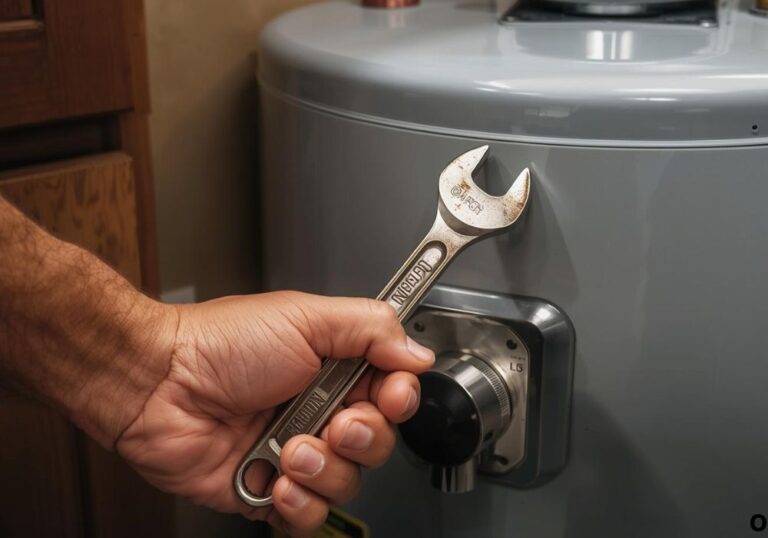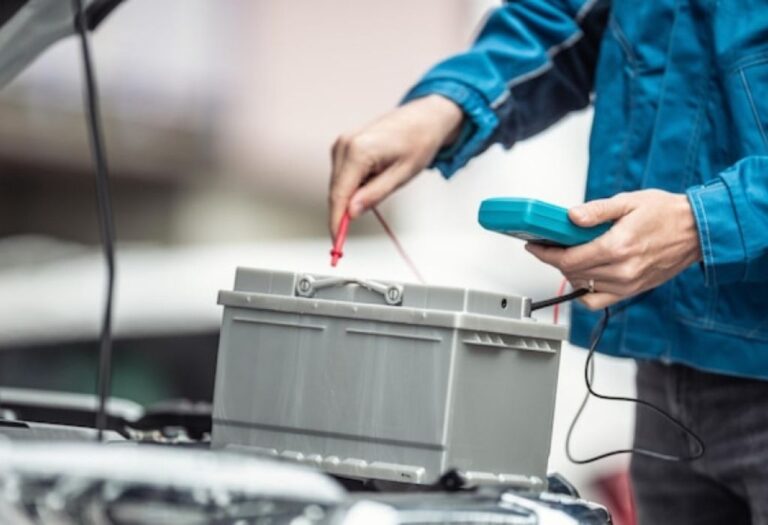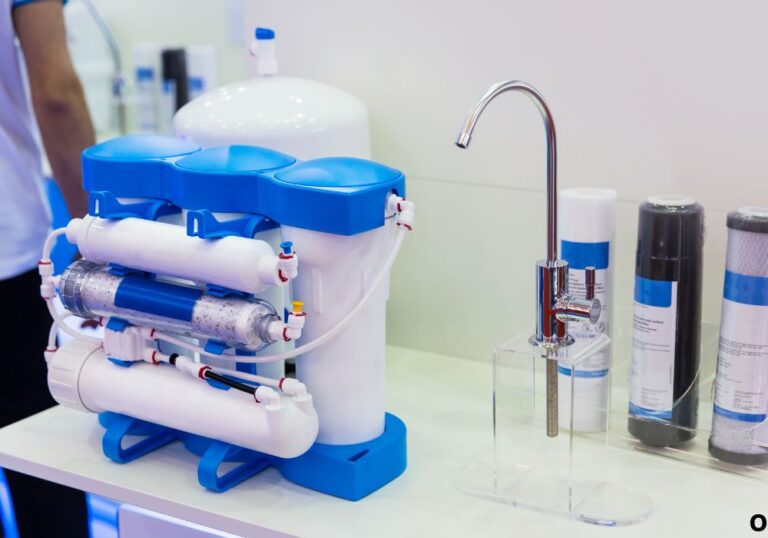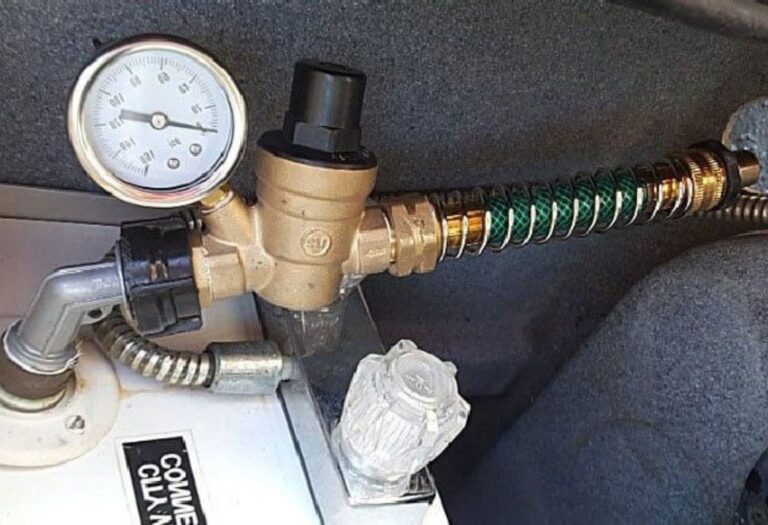How Long Does It Take to Prime an RV Water Pump?
Imagine arriving at a campsite, eager to take a shower or cook a meal, only to realize your RV water pump is running but no water comes out.
This is a common issue for RV owners who have not primed their pump.
Priming ensures the pump has water inside so it can build pressure and deliver a steady flow.
According to the RV Industry Association, over 11 million U.S. households own RVs (RVIA), and many encounter pump priming problems each year.
Research from Camping World shows that RV owners who follow proper water system maintenance have 35% fewer plumbing failures.
These statistics highlight why learning how to prime a pump and knowing how long it takes is essential for stress-free travel.
This guide explains what priming is, how long it takes, what factors affect it, and troubleshooting tips to keep your RV water system running smoothly.
What Does Priming an RV Water Pump Mean?
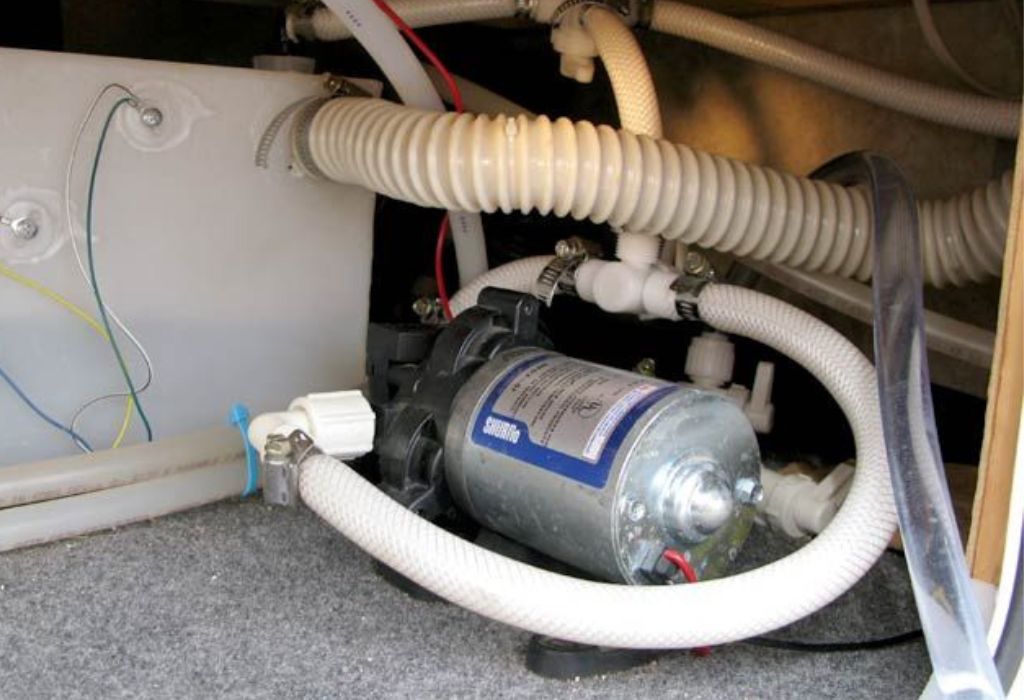
Priming an RV water pump means filling the pump and water lines with enough water to create suction. Without priming, the pump runs dry and fails to push water through faucets or appliances.
How long does priming usually take?
Priming usually takes between 30 seconds and 2 minutes.
Why is priming necessary?
It clears air from the lines so the pump can build suction.
Can you skip priming?
No, skipping priming can damage the pump and shorten its life.
What happens if the pump isn’t primed?
The pump may overheat, run dry, or fail to deliver water.
How Long Does It Take to Prime an RV Water Pump?
In most RVs, priming takes less than two minutes. The exact time depends on pump design, system condition, and whether the tank is full. Some modern pumps may prime faster, while older or neglected ones take longer.
What is the average priming time?
30 seconds to 2 minutes.
Does the pump model affect priming time?
Yes, newer pumps with stronger suction prime faster.
Does water tank level matter?
Yes, a fuller tank reduces priming time.
Can clogged filters increase priming time?
Yes, blockages slow water flow and delay priming.
Do air leaks affect priming?
Yes, leaks let air into the system, making priming harder.
Factors That Affect Priming Time
Several factors influence priming speed. Pump strength, pipe length, filter cleanliness, and even water temperature all play roles. Regular maintenance ensures faster and more reliable priming.
Does pump strength matter?
Yes, stronger pumps create more suction and prime quicker.
Does pipe length affect priming?
Yes, longer pipes take more time to fill.
Can cold weather increase priming time?
Yes, cold water flows slower, which delays priming.
Does maintenance history matter?
Yes, a well-maintained pump primes faster than a neglected one.
Troubleshooting RV Pump Priming Issues
Sometimes priming takes longer than normal or doesn’t work at all. Common causes include air leaks, clogged filters, or worn-out pumps. Identifying the problem early prevents costly repairs.
Why won’t my pump prime at all?
The tank may be empty, filters clogged, or air leaking in.
What if priming takes too long?
Inspect hoses, filters, and pump strength.
Can replacing hoses help?
Yes, cracked hoses often cause leaks and priming failures.
Should I call a professional?
Yes, if problems persist after basic troubleshooting.
Tips to Ensure Faster Priming
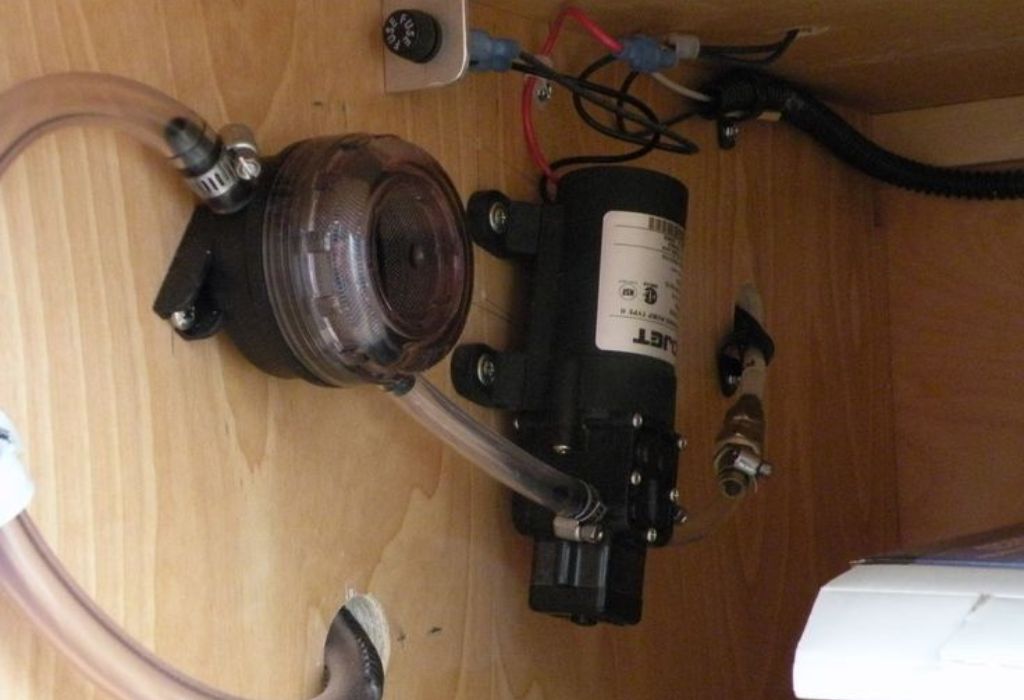
With simple habits, you can ensure your pump primes quickly every time. Keeping water systems clean and ready saves frustration on the road.
Should I keep the tank full?
Yes, a full tank ensures quicker priming.
Is regular cleaning important?
Yes, clean filters and hoses prevent clogs.
Can pump upgrades help?
Yes, newer pumps are more efficient and prime faster.
Should I winterize the system?
Yes, proper winterization prevents freeze damage that delays priming.
Conclusion
Priming an RV water pump is usually quick, taking less than two minutes, but proper maintenance makes all the difference. By keeping the tank full, cleaning filters, and checking for leaks, RV owners can ensure a reliable water supply on every trip. Understanding this simple process saves time, prevents pump damage, and keeps your adventures stress-free.
I’m David R. Coleman, the founder, lead writer, and lifelong tool enthusiast behind GarageToolPro.com. With years of experience in automotive repair, woodworking, and home DIY projects, I created this platform to share practical tips, detailed tool reviews, and step-by-step guides that help mechanics, hobbyists, and homeowners get the job done right the first time.
